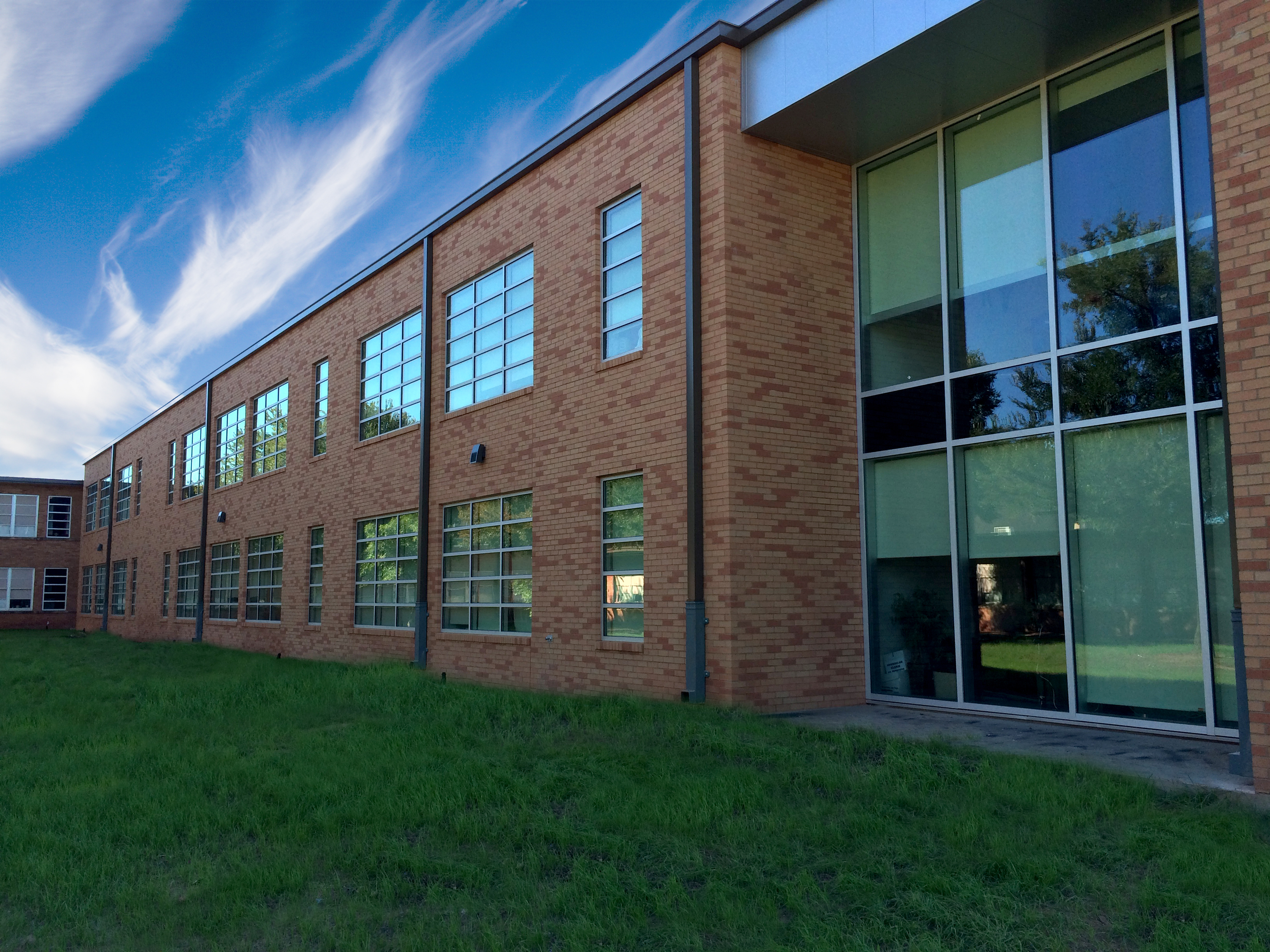
Meanwhile, new findings in developmental psychology are shedding a fresh light on what motivates middle schoolers. This makes early adolescence “a window of opportunity,” a chance to set students on a solid path for the remainder of their education, said Ronald Dahl, director of the Institute of Human Development at the University of California, Berkeley. While the plasticity of the teenage brain makes it vulnerable to addiction, it also makes it resilient, capable of overcoming childhood trauma and adversity, according to a report recently published by the National Academies of Science. The middle school years are also what scientists call a “sensitive period” for social and emotional learning, when the brain is primed to learn from social cues. Early adolescence is when much of this wiring takes place. Though the brain’s physical structures are fully developed by age 6, the connections among them take longer to form. But recent advances in brain imaging have revealed that a second spurt occurs during early adolescence, a phase generally defined as spanning ages 11 to 14.

Scientists have long known that the human brain develops more rapidly between birth and the age of 3 than at any other time in life. Deutsche, the director of Youth-Nex: The UVA Center to Promote Effective Youth Development. “This is an opportunity to think about what we want middle school to look like, rather than just going back to the status quo,” said Nancy L. Now, as schools nationwide emerge from a pandemic that upended educational norms, and caused rates of depression and anxiety to increase among teenagers, reformers hope educators will use this moment to remake middle school, turning it into a place where early adolescents not only survive, but thrive.

“Traditional middle schools are very authoritarian, controlling environments.”įor many early adolescents - and not a few of their teachers - middle school isn’t about choice and agency, “it’s about surviving,” said Melissa Wantz, a former educator from California, with more than 20 years’ experience. “A bell rings, and you have three minutes to shuffle to the next thing.” “Traditional middle schools are very authoritarian, controlling environments,” Ratliff said. Today, some 70 years after reformers launched a movement to make the middle grades more responsive to the needs of early adolescents, too many middle schools continue to operate like mini high schools, on a “cells and bells” model, said Chad Ratliff, the principal of Community Lab School. That’s partly because teacher prep programs haven’t kept pace with the research, and partly because overburdened teachers don’t have the time to study and implement it. Yet a lot of their findings aren’t making it into classroom practice.

Over the last 20 years, scientists have learned a lot about how the adolescent brain works and what motivates middle schoolers.
#MIDDLE SCHOOLERS HOW TO#
The school has been held up as a national model by researchers at MIT and the University of Virginia, which is studying how to better align middle school with the developmental needs of adolescents.

Photo by Kelly Field for the Hechinger ReportĪs a laboratory for the Albemarle district, Community Lab School is charged with testing new approaches to middle school that could be scaled to the district’s five comprehensive middle schools. For two hours, the students roamed freely among rooms named for their purpose - the maker space, the study, the hub - pausing for a 15-minute “brain break” at the midway point of the session.Īnna (left) and Ashlee (right), sixth graders at Community Lab School, create comics depicting their Covid year. In classrooms off the hallway, clusters of kids from grades six to eight worked on wood carvings, scrapbooks, paintings and podcasts, while their teachers stood by to answer questions or offer suggestions. Then, as if remembering, she scooted a few inches away from her friend, Anna. “We have to social distance,” one of the girls, Ashlee, said. Using a computer program called Pixton, they built cartoon panels, one of a girl waving goodbye to her teacher, clueless that it would be months before they were back in the classroom, another of two friends standing 6 feet apart from one another, looking sad. In a middle school hallway in Charlottesville, Virginia, a pair of sixth grade girls sat shoulder to shoulder on a lime green settee, creating comic strips that chronicled a year of pandemic schooling.


 0 kommentar(er)
0 kommentar(er)
